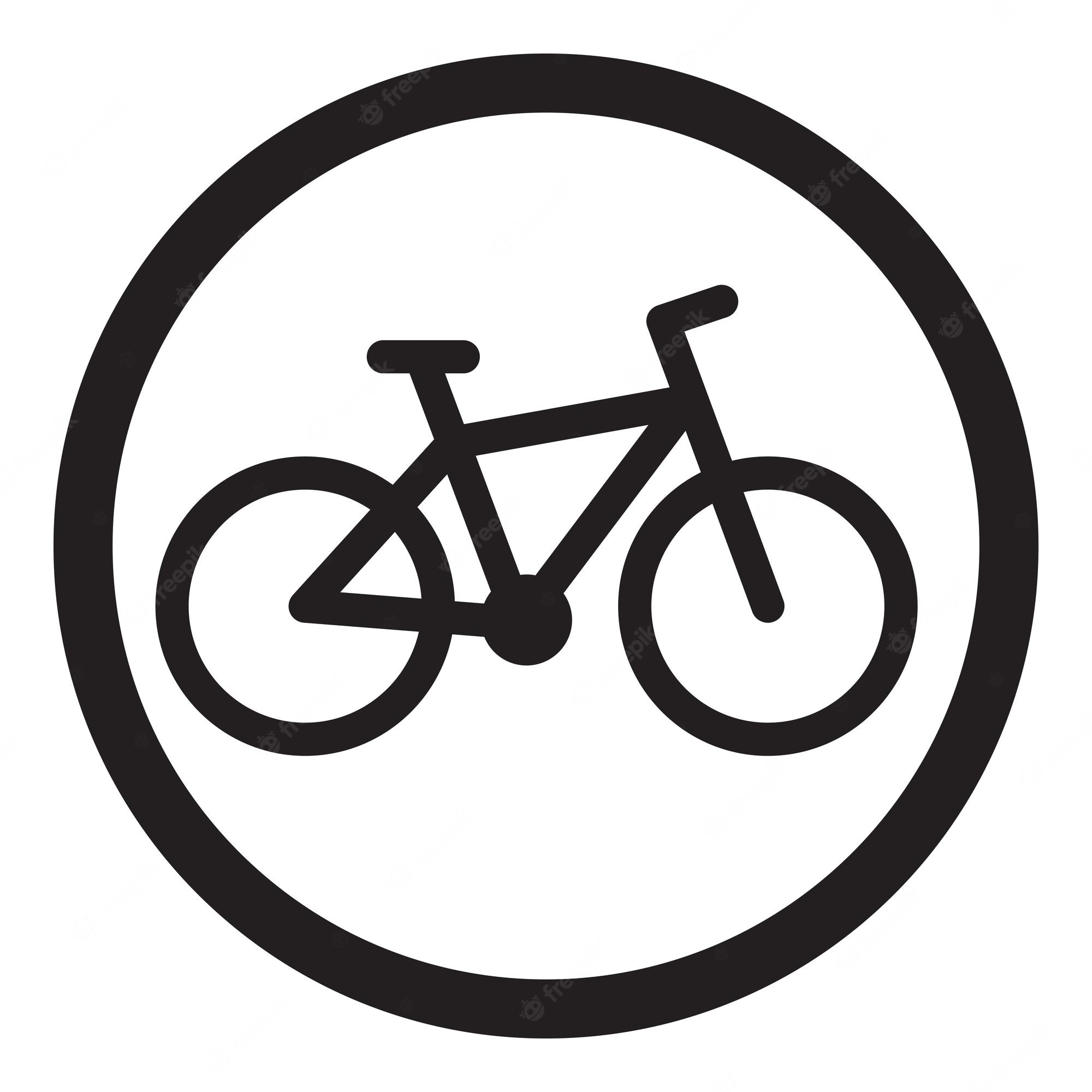I recently bought a junk bike. I want to slowly fix it up myself for two reasons: 1. To have a nicer bike. 2. To learn about bike maintenance. I’d like to improve it slowly (weeks or months) while keeping it functional. What order should I consider improvements?
I’ll elaborate. When I first bought the bike, I tuned the brakes (linear pull). I struggled. I realized brake tuning was difficult because my wheel wasn’t aligned. In retrospect, I should have straightened/replaced the wheel before tuning the brakes. I’m wondering if there are any insights you could provide about the order I should tackle this project (e.g., wheel alightment before brakes).


You must have proper tools. Do not try to hack something that might seem to work in a pinch. This is the primary leverage of why you have a bike serviced in a shop. The tools are expensive initially.
Bikes have minimal componentry that is engineered to be barely sufficient to keep them light weight as the primary design constraint. This is not like other technology where there is more robustness. The right tool for the job is a required item. Don’t use channel locks, adjustable wrenches, box spanners on thin jam nuts, etc.
If you enjoy this and keep riding, don’t wait years to get a $100-$150 portable bike stand – like most of us do. That makes a huge difference for actually maintaining a bike.
If the bike sat for a long time, the spoke nipples may be seized to the spoke threads. If this is the case, truing the wheel may be possible, but this will bite you in the long run. You’ll end up over compensating to get the wheel in shape and this will cause issues that break spokes regularly in the long term if you ride on a scale of dozens of miles weekly. If the wheels are carbon, rebuild them. If they are not, just replace them.
Wheel building gets fantasised as some kind of dark art but that is crazy. I’m a former Buyer for a chain of bike shops; I managed everything but the people. I’m also a former amateur racer, am far better than most mechanics at road bikes, and have always worked on my own, with around 170k miles on bikes since 09. I build my own wheels because they are carbon rims. The price of spokes is why no one builds wheels any more. Buying replacement wheels is cheaper unless the wheels are north of ~$500. It is too much labor and the way spokes are packaged from wholesale distributors makes them unprofitable for bike shops.
The order of adjustments on derailleurs is the important bit.
When you’re in a shop and unsure if a bike is safe to test or ride, like if a customer brings something in or a new kid is assembling bikes, the first step is to face the bars with the front wheel between your knees. Then twist the bars sideways firmly and sharply. This tests that the stem and headset were setup correctly and the bars are not going to slip on the first turn or bump.
Next, you pick up the whole bike with the tires 3-4 inches over the ground and drop it. Anything loose will make a distinct vibrating sound that is bad. Don’t stress about not knowing what this sounds like, you will easily know it when you hear it.
Finally, standing beside a bike, pull the brakes hard and try to push. Make sure it can hold your weight. Pull back and forth a few times to make sure everything holds.
If it passes those tests, and obviously has the stupid simple stuff like air in tires and appears complete, it is at least safe enough to pedal around the block.
Sweet, at least my bike definitely passes the basic safety tests.
Its funny, two hours in and my back is also telling me to invest in a bike stand :D
Thank you for help.